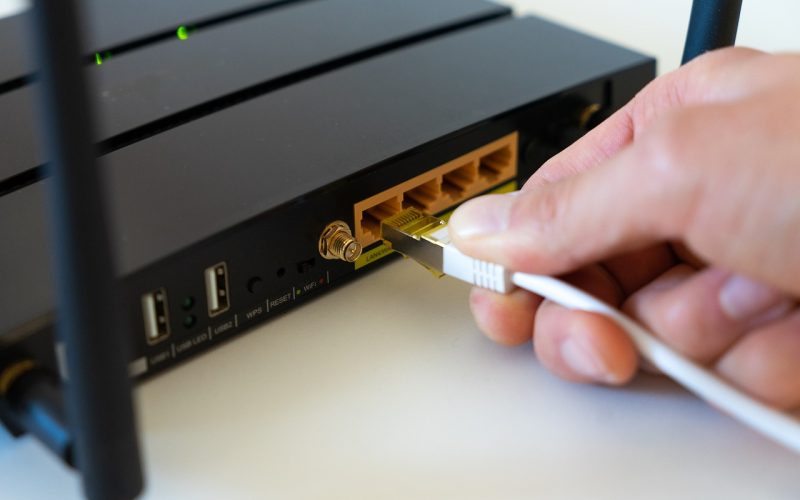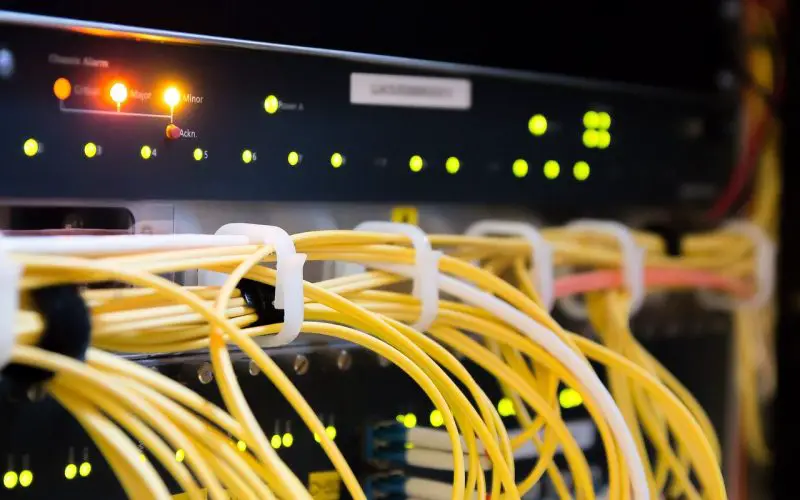
What is Network Packet?
A Network packet consists of three pieces: a header, a payload, and a trailer. The header contains the instructions for the information. The payload is the actual data that is sent from one device to another. The trailer is a series of bits that tells the receiving device that the packet is complete. The body of a Network packet consists of data that is being sent from a server to another. The payload of a network packet consists of the actual data being transferred. The payload may be topped with blank information. The packet can also contain an error checking…






